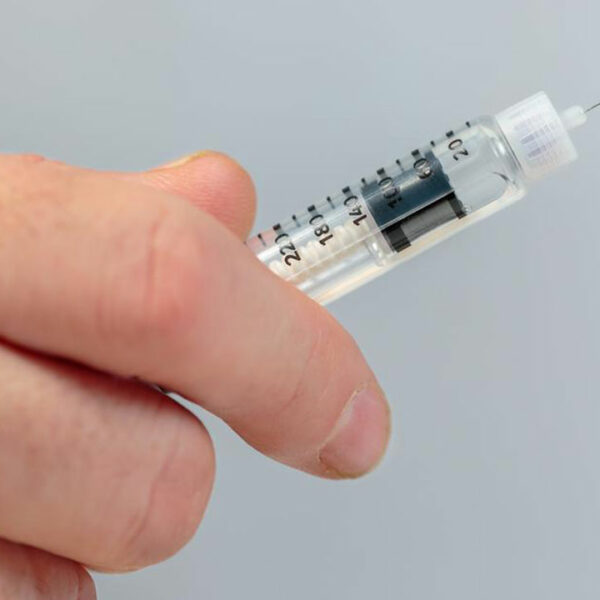
6 Popular Herbal Remedies for Treating Anxiety and Insomnia
The modern age has ushered in an era where we compromise our health for luxuries that we now consider essential. In a bid to stay ahead of the competition, and to provide for ourselves and our family, we feverishly work towards our goal without cutting ourselves some slack. We tend to forget that our bodies can be pushed only to a specific limit. The most important things in life — money, family, health, love, and career— are the ones that we stress about the most, and ironically, it’s for these factors that we decide to slog without a second thought. The repercussions of leading such a stressful and restless life are that people are plagued by anxiety and insomnia, each of which is a silent killer in its domain. They spend the day being anxious about reaching the workplace on time, finishing the tasks at hand, ensuring that their kids and spouse have everything they need to lead a comfortable life, and they spend the night staying awake because they feel that something is still amiss. Such constant obsessing can have a negative impact on one’s health. So, it becomes essential to take some measures to treat one’s anxiety and insomnia.









